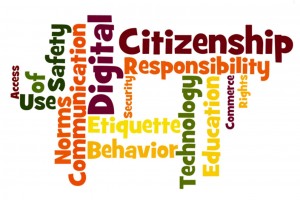This term we have been looking at the books, Uno’s Garden and The Waterhole. These books are very similar in the meaning of the book. They both cover humans ecological footprint that we leave.
Uno’s Garden is about a botanist , Uno, who finds a beautiful place that is thriving with flora a fuana and a strange animal, the Snortlepig. Slowly the population and the human dwellings grow as well as buildings, which leads to loss of flora and fauna. Uno preserves a single small garden, which slowly leads to nature and and humans being equal together.
The Waterhole pretty much follows the same story line. Animals from all over the world drink water from the Waterhole, which represents water, even though the book shows the same waterhole. Eventually there is no water left, so the animals leave. Then the rain falls in the shape of the countries, which means that the drought has broken all over the world.
From these summaries, I have come to a conclusion. These are great stories and I encourage you to read them. They can be read and enjoyed by all age groups.



